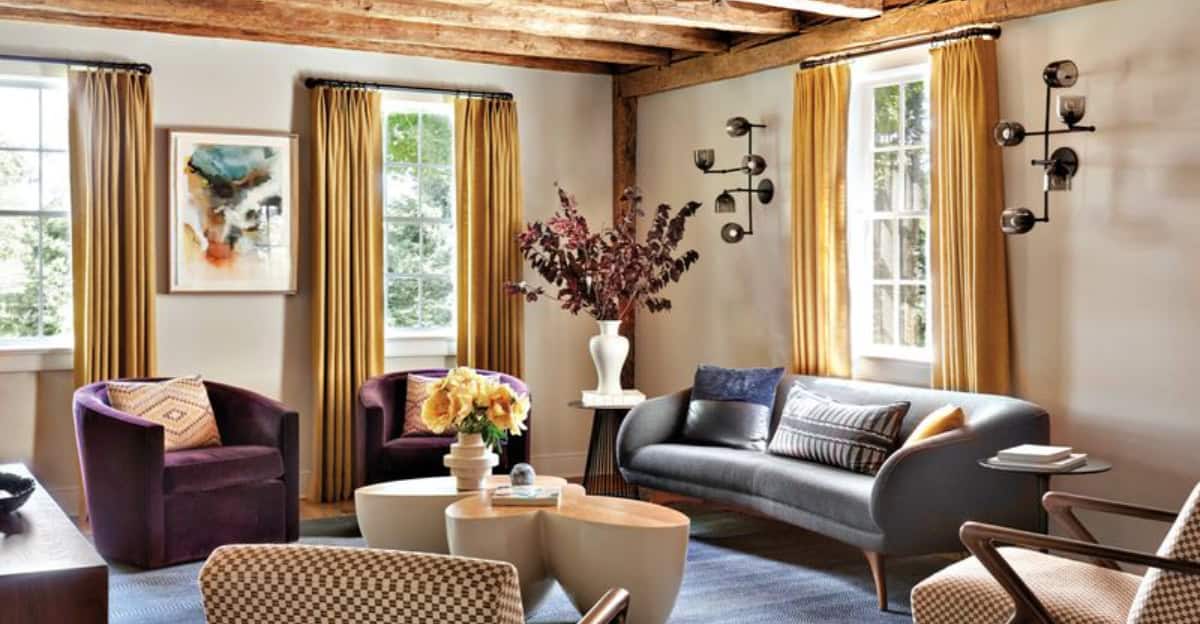As we step into 2026, the world of home decor is set to undergo a significant transformation. While some trends emerge and sustain over the years, others fade away, making room for new inspirations.
We are here to explore trends that will soon become outdated, allowing you to rethink your interior style choices.
These trends, while currently popular, are expected to lose their charm and relevance in the near future.
Understanding these shifts will help you make more sustainable and stylish decisions for your living space.
1. Open Shelving
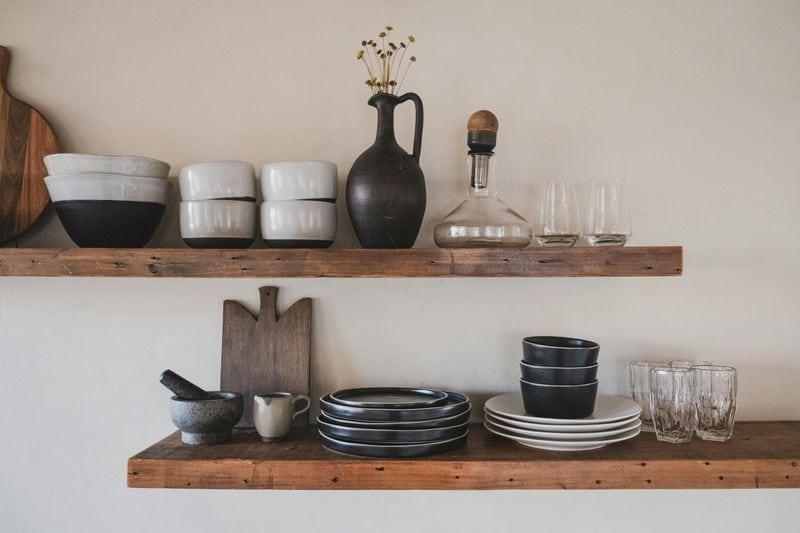
Open shelving in kitchens has been a popular trend for those who love showing off their dishware collection. However, it may soon become a relic of the past.
The open shelves often require meticulous organization to avoid looking cluttered, which can be a hassle. Dust and grease accumulation are also frequent problems.
As more people seek convenient and low-maintenance home solutions, closed cabinetry is making a triumphant return.
Consider replacing open shelving with glass-front cabinets to maintain style while reducing upkeep. This shift will ensure functionality and aesthetic appeal without the hassle.
2. Minimalist Aesthetics
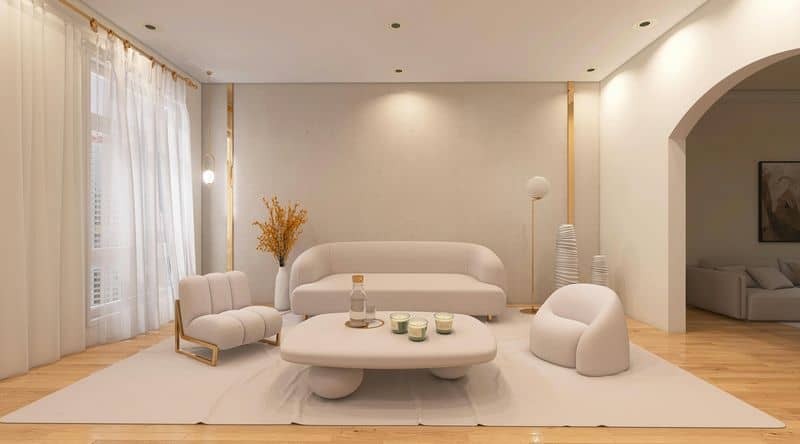
Minimalist aesthetics have been praised for their clean lines and uncluttered spaces. Yet, this look is beginning to lose its allure.
While minimalism fosters simplicity, it can sometimes feel stark and impersonal. As people crave more warmth and personality in their homes, richer textures and colors are taking over.
To adapt, try incorporating elements that reflect your individuality, such as bold artwork or colorful textiles.
This transition not only adds character but also makes spaces feel inviting and lived-in, moving beyond the cold minimalistic vibe.
3. Industrial Design
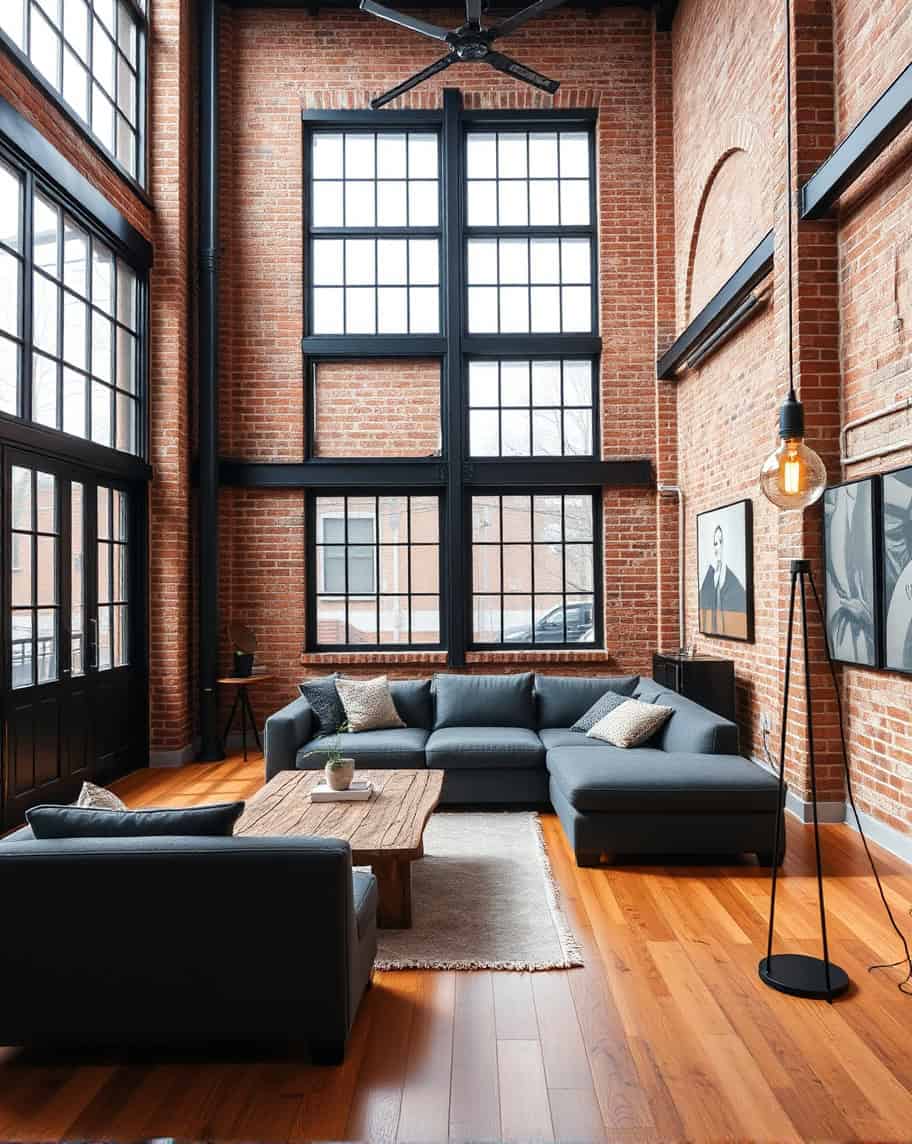
The industrial design style, characterized by exposed bricks and steel fixtures, is gradually losing its edgy appeal.
Once synonymous with urban chic, this style can feel cold and uninviting. As home design trends shift towards comfort and coziness, people are opting for softer, more welcoming interiors.
Transitioning to a more homely environment can involve adding plush rugs, soft textiles, and warm lighting.
These changes help create an inviting atmosphere, steering away from the rawness of industrial design while maintaining a contemporary touch.
4. Wall-to-Wall Carpeting
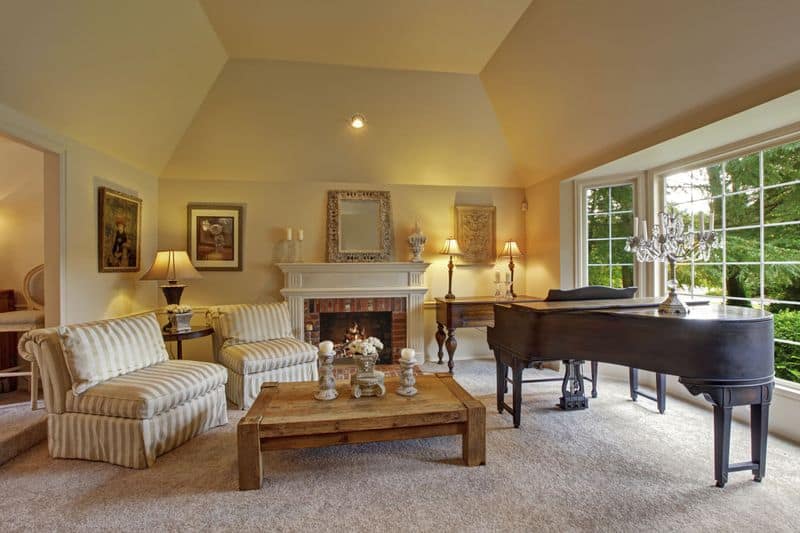
Wall-to-wall carpeting has long provided warmth and comfort but is now seen as outdated.
It often traps dust and allergens, requiring frequent cleaning and maintenance. In contrast, hardwood and laminate floors offer a sleek, modern look that’s easier to maintain.
For those who love the softness of carpet, area rugs are a practical alternative. They provide warmth and style without the commitment of wall-to-wall carpeting.
This shift towards cleaner, more versatile flooring solutions is ideal for modern, health-conscious homes.
5. Faux Finishes
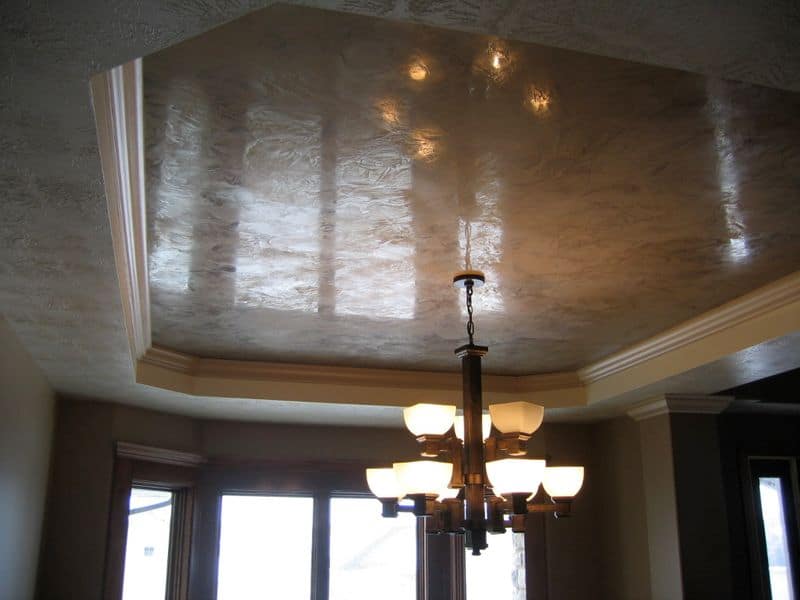
Faux finishes, like faux marble or wood, were once a clever way to achieve a luxurious look on a budget. However, they are now on the decline.
People are increasingly favoring authenticity and quality in materials. Faux finishes can feel deceptive and may not age well over time.
Instead, opting for real materials, even if in smaller quantities, can enhance the space’s value and appeal.
This focus on genuine quality over imitation is shaping the future of home design, promoting sustainability and timeless elegance.
6. Granite Countertops
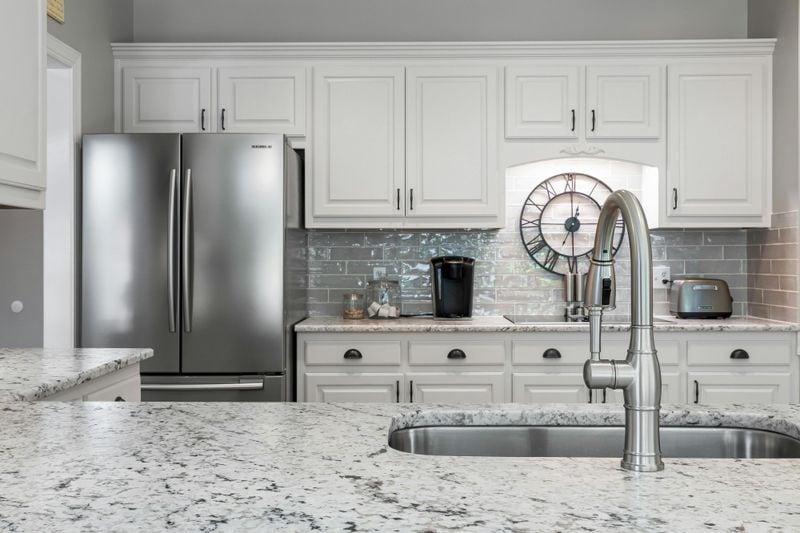
Granite countertops have been a staple in modern kitchens but are steadily falling out of favor.
The maintenance required to keep them looking polished and the availability of more affordable, durable options are contributing factors.
Quartz and recycled materials are gaining popularity due to their low-maintenance and eco-friendly characteristics.
Transitioning to these options not only enhances kitchen functionality but also aligns with sustainable living practices.
Embracing these alternatives ensures a stylish yet practical kitchen environment that supports modern-day needs.
7. Accent Walls
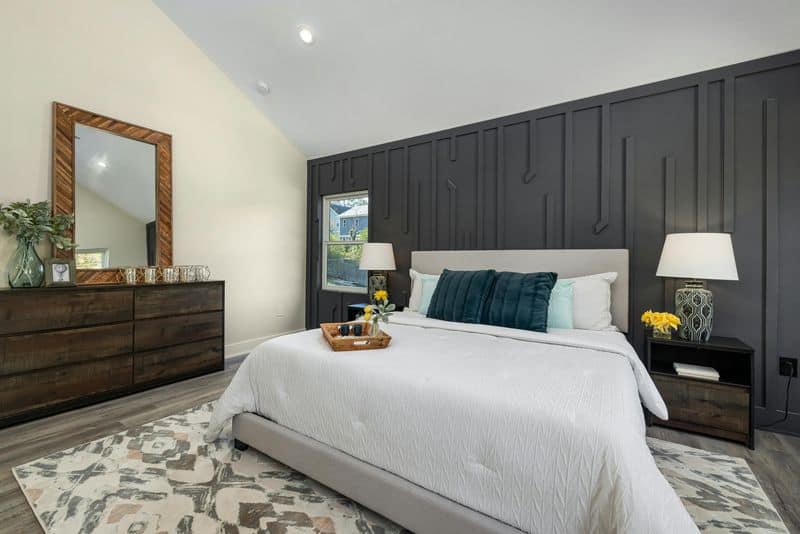
Accent walls, once a go-to for adding a pop of color, are set to fade.
While they can create a focal point, they often disrupt the flow of a room’s design. People are moving towards cohesive color schemes that offer continuity and harmony.
Instead of accent walls, consider incorporating color through decor elements like cushions, throws, or artwork.
This approach maintains visual interest without overwhelming the space and allows for more flexibility in design changes.
8. All-White Interiors
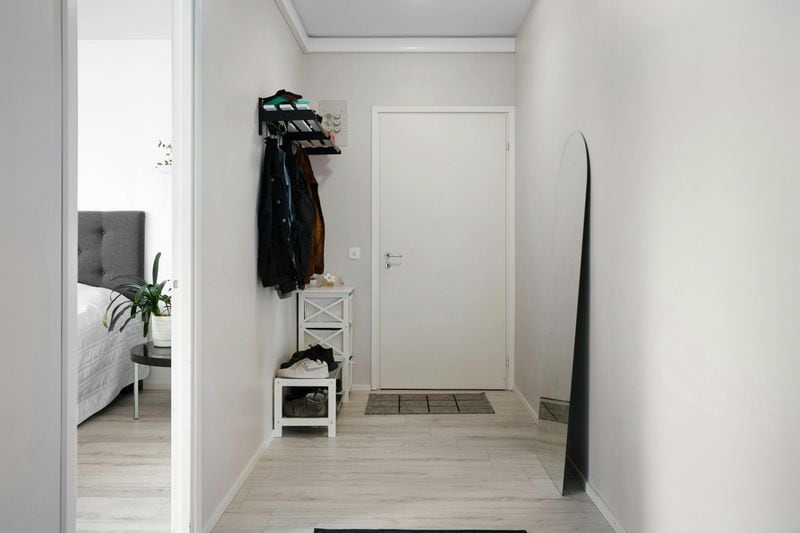
All-white interiors, admired for their clean and airy feel, are becoming less desirable.
They require meticulous upkeep to prevent showing dirt or wear. With the shift towards more personalized spaces, people are embracing warmer, more varied color palettes.
Incorporate shades and textures that add depth and personality to your interiors, fostering a more welcoming and practical living area.
This evolution from stark white to diverse hues reflects a broader trend towards individual expression in home design.
9. Fast Furniture
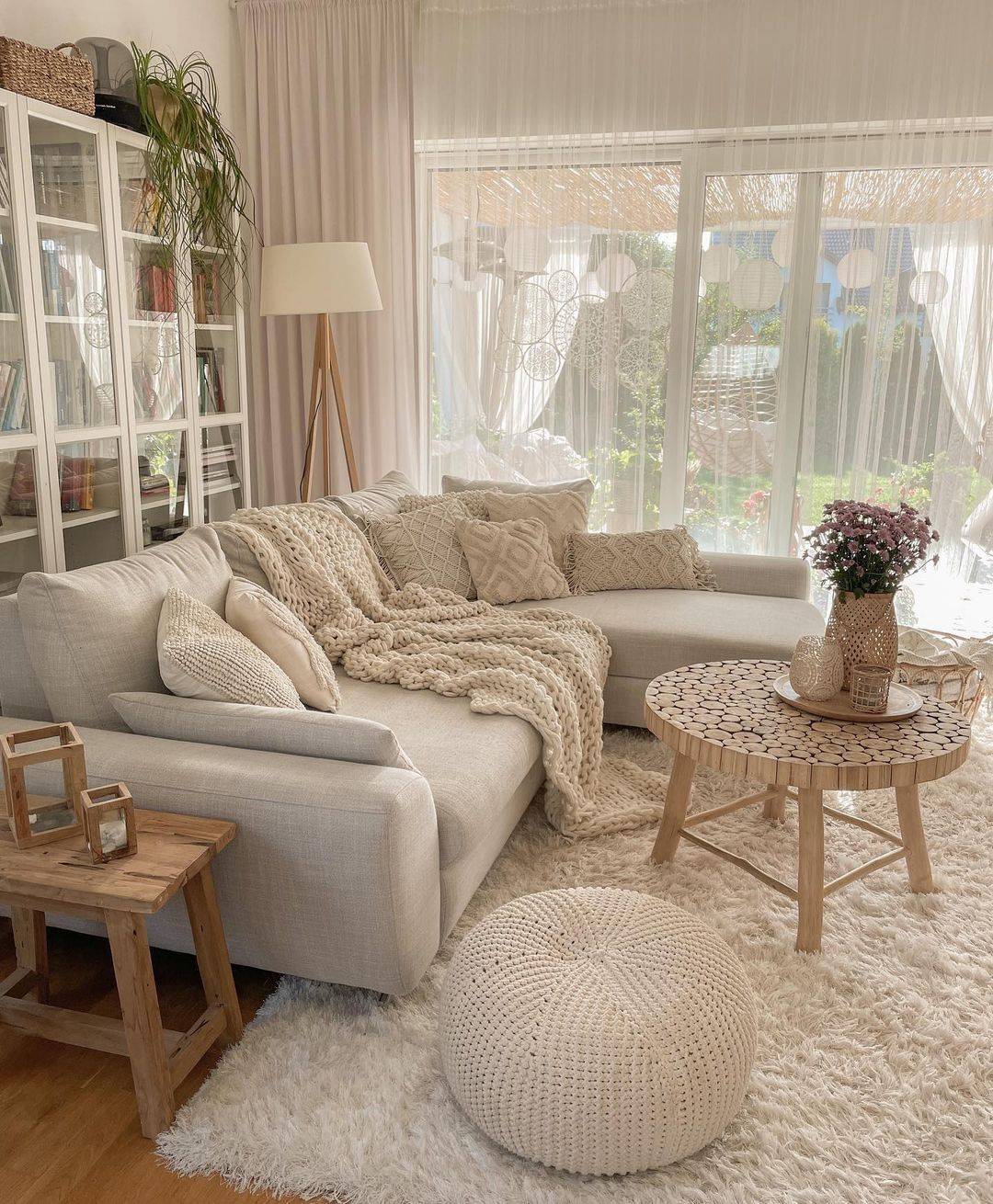
Fast furniture, characterized by its affordability and disposability, is on its way out.
The environmental impact and short lifespan of such pieces make them less appealing as eco-consciousness grows. People are turning towards sustainable, high-quality furniture that lasts.
Investing in timeless pieces not only supports the planet but also adds long-term value to your home.
This shift towards sustainability ensures that your space remains stylish while minimizing waste, paving the way for a more responsible approach to interior design.
10. Farmhouse Style
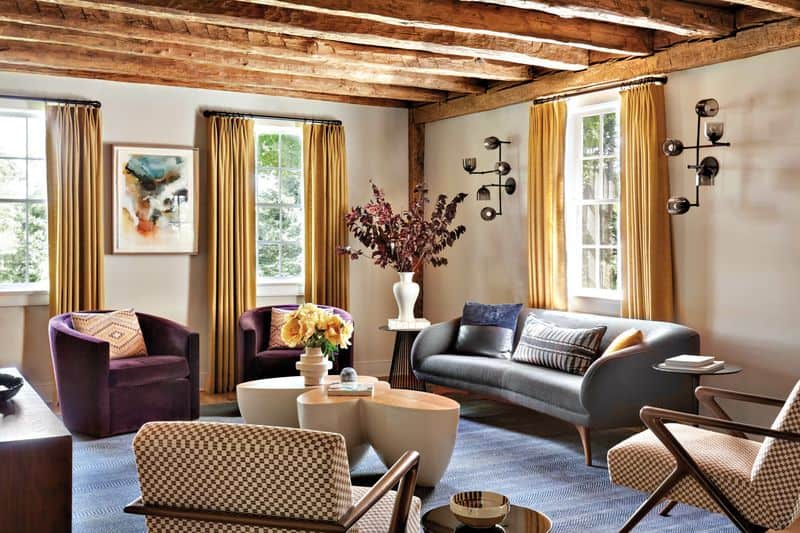
The farmhouse style, with rustic wooden beams and vintage decor, is losing its widespread appeal.
As the trend becomes overly replicated, spaces can feel inauthentic and cliche. Homeowners are seeking more unique, personalized design elements that reflect their own taste and lifestyle.
Embracing elements of modernity and innovation can refresh your space, blending the charming aspects of farmhouse style with contemporary aesthetics.
This fusion creates a distinctive and current look, steering away from the predictability of classic farmhouse designs.

